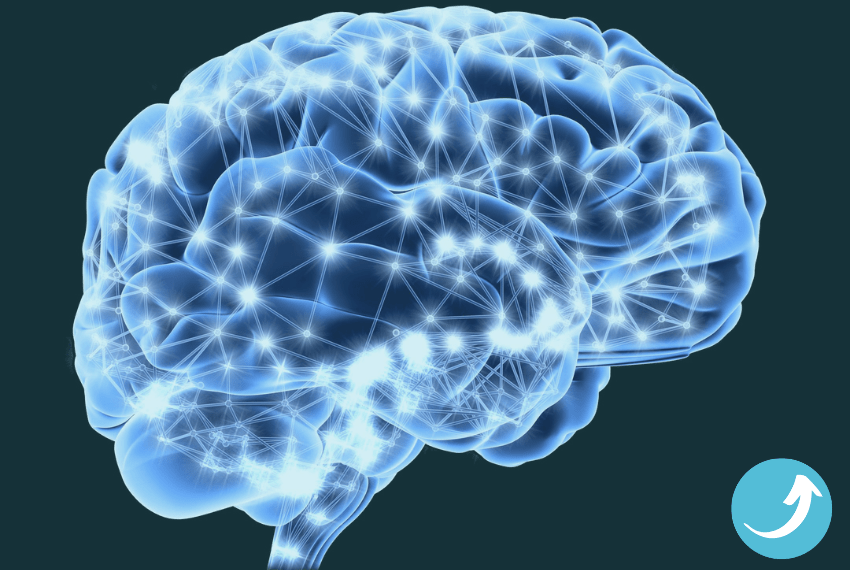
How to Rewire Your Mind for Unshakable Confidence (Neuroscience-Backed Techniques)
Introduction
Have you ever wondered why some people radiate confidence while others struggle with self-doubt? What if I told you that confidence isn’t something you’re born with—it’s something you train your brain to create?
Many high-achievers battle fear and uncertainty, even when they have the skills and experience to succeed. I did this for most of my career. The good news? Neuroscience reveals that confidence isn’t a fixed trait—it results from specific neural pathways and habits that you can develop. In this article, you’ll discover five powerful, neuroscience-backed techniques to rewire your mind for lasting confidence.
Personal Note
This concept is something I struggled with for a long time, feeling like there was something wrong with me or that I didn’t have what it took. By focusing on the techniques presented in this post, I made the biggest changes in my confidence and self-worth. Read on to learn more about this powerful, life-changing approach.
The Science Behind Confidence
How Your Brain Forms Confidence
Your brain is constantly rewiring itself based on your thoughts, emotions, and behaviors. This process, known as neuroplasticity, means you can train your brain to be more confident, no matter where you’re starting from.
Confidence primarily involves two key brain regions:
- The Prefrontal Cortex: This area controls logical thinking and decision-making. The more you take confident actions, the stronger this region becomes, making confidence a habit.
- The Amygdala: This is your fear center. It signals danger, often triggering self-doubt. The good news? You can train your brain to regulate fear responses, reducing self-doubt over time.
The Identity Shift Principle
Confidence isn’t just about taking action—it’s about who you believe you are. You shape your identity through repetitive thoughts and behaviors. When you shift your self-image from someone who “tries to be confident” to someone who is confident, your brain reinforces this new reality.
Neuroscience-Backed Techniques to Rewire Your Mind for Confidence
1. Prime Your Brain with Power Affirmations (The Right Way)
Many people repeat affirmations without results. Why? Because they don’t engage their body, breath, and voice.
Neuroscience shows that emotionally charged statements create stronger neural pathways. Instead of quietly thinking affirmations, use incantations—affirmations spoken with energy and movement.
Try This:
- Stand tall with your shoulders back.
- Breathe deeply and powerfully.
- Say with force: “I am certain! I trust myself completely!”
- Repeat for 2 minutes, engaging your whole body.
This technique activates mirror neurons, helping your brain believe and embody confidence faster.
To learn more about this technique, check out the blog post titled Do Affirmations Actually Work? 4 Keys to Making Them Transform Your Life
2. Use Visualization to Strengthen Neural Pathways
Your brain can’t tell the difference between a vividly imagined experience and reality. When you visualize yourself succeeding, you strengthen the same neural circuits that activate during actual experiences.
How Elite Athletes Use This: Studies show that athletes who visualize performing well improve just as much as those who physically train.
Try This:
- Close your eyes and recall a moment you felt truly confident.
- Relive the emotions, sights, and sounds in full detail.
- Do this for 5 minutes daily before high-stress situations.
Over time, this practice conditions your brain to expect confidence, reducing fear-based responses.
3. Anchor Confidence with Movement and Posture
Your body language directly influences your confidence levels. Neuroscience shows that adopting “power poses” for just two minutes can increase testosterone (confidence hormone) and decrease cortisol (stress hormone).
Proven Techniques:
- Power Poses: Stand with your hands on your hips and chest open.
- Movement-Based Anchoring: Every time you feel powerful, do a physical action (fist pump, deep breath, or strong stance). Over time, this movement will become an automatic trigger for confidence.
Try This: Before any challenge, stand in a superhero stance for 2 minutes. Feel the shift in energy.
4. Upgrade Your Self-Talk with Cognitive Reframing
The words you use shape your reality. Negative self-talk wires your brain for doubt, while positive reframing reprograms your mindset.
Rewire Negative Thought Patterns:
- Instead of “I’m nervous,” say “I’m excited”—your brain treats both emotions similarly.
- Replace “I’m not ready” with “I am preparing for success.”
- When self-doubt creeps in, ask: “What if this goes right?”
Daily Habit: Catch one limiting thought per day and reframe it into an empowering one.
5. Train Your Brain with the “Confidence-Stacking” Method
You don’t build confidence in leaps—your stack it daily through small wins.
The Neuroscience of Habit Formation shows that every small success releases dopamine, reinforcing confidence circuits in your brain.
Challenge:
- Write three past wins daily (big or small).
- Consciously step outside your comfort zone once a day.
- Track and celebrate small wins—it signals to your brain that confidence is growing.
The Unshakable Confidence Challenge
To truly rewire your brain, consistency is key. Try this 10-Day Confidence Rewiring Plan:
- Incantations each morning (5 minutes)
- Visualize a confident moment (5 minutes)
- Use power posture before challenges
- Reframe one limiting thought daily
- Track and celebrate small wins
Now it’s your turn:
Try these techniques for 10 days and share your experience in the comments—what changed for you?
Conclusion
Confidence isn’t magic—it’s science. When you train your mind using these neuroscience-backed techniques, you literally rewire your brain for certainty and strength.
Start implementing these techniques today and watch how your confidence transforms.
Want more neuroscience-backed strategies? Sign up for notifications on our exclusive content and updates.
